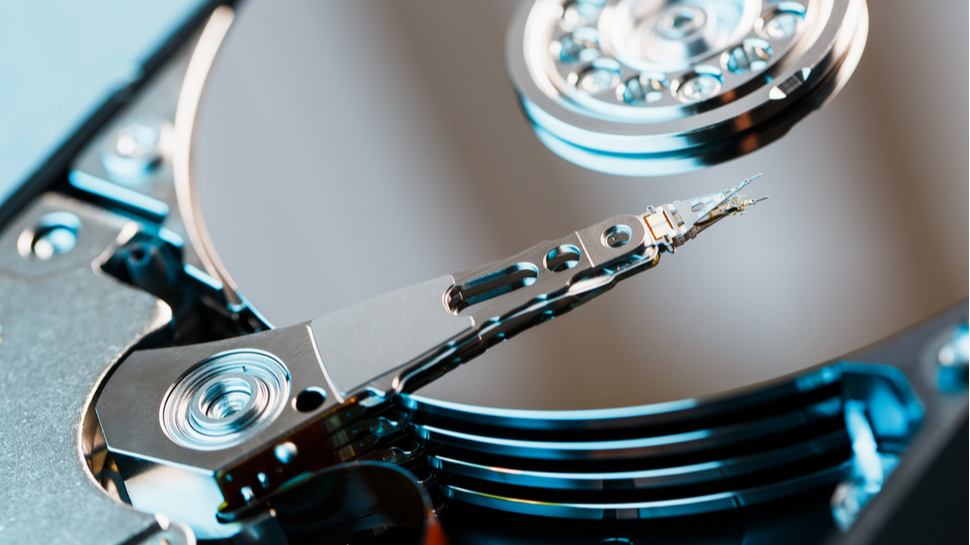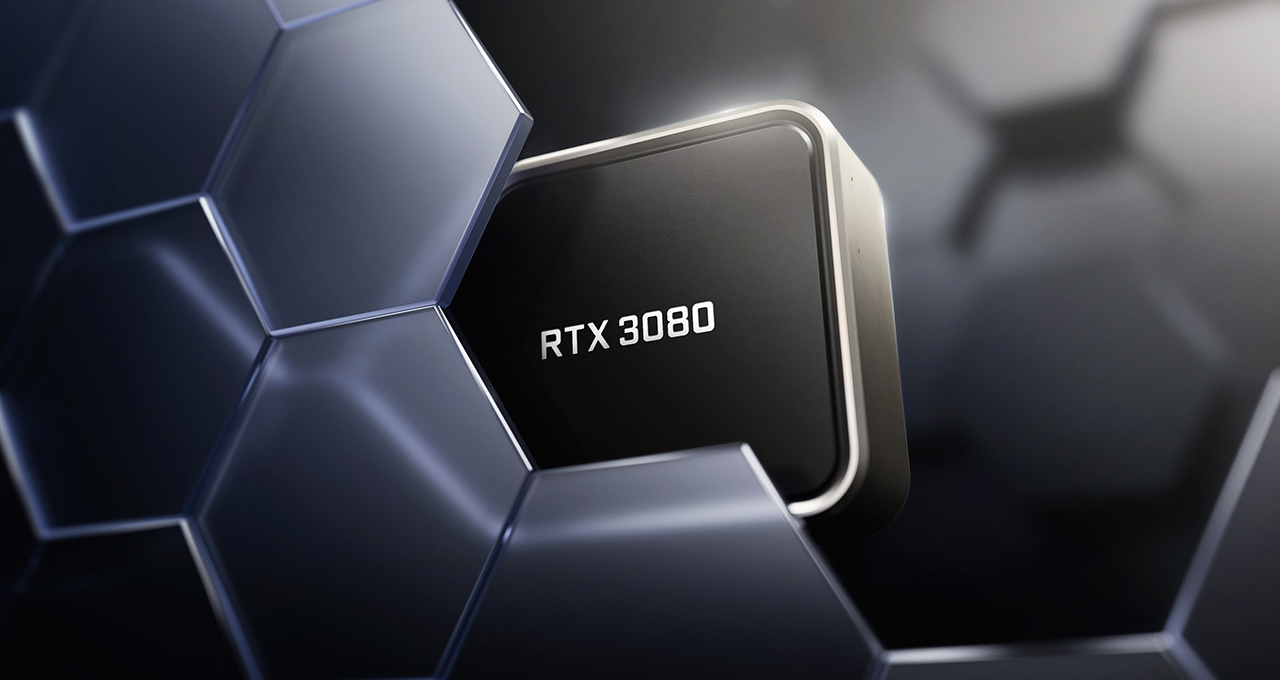
Seagate has unveiled the first ever hard disk drive (HDD) that utilizes both the NVMe protocol and a PCIe interface, which have historically been used for solid state drives (SSDs) exclusively.
As explained in a company blog post, the proof-of-concept HDD is based on a proprietary controller that plays nice with all major protocols (SAS, SATA and NVMe), without requiring a bridge.
The NVMe HDD was demoed at the Open Compute Compute Project Summit in a custom JBOD enclosure, with twelve 3.5-inch drives hooked up via a PCIe interface.
Although the capacity of the drive is unconfirmed, Seagate used images of the Exos X18 for the presentation, which has a maximum capacity of 18TB.
(Image credit: Seagate)
The future of the HDD
According to Seagate, there are a number of benefits to bringing the NVMe protocol to HDDs, such as reduced total cost of ownership (TCO), performance improvements, and energy savings. Further, by creating consistency across different types of storage device, NVMe HDDs could drastically simplify datacenter configurations.
“The goal is to pave the way for a seamless consolidated NVMe interface across HDDs and SSDs,” explained Seagate.
“As NVMe continues to be a cornerstone for new storage architectures and feature deployment, its support for rotational media ensures HDDs will have the capability to support the industry’s latest architectures and initiatives.”
While current HDDs are nowhere near fast enough to make full use of the latest PCIe standards, technical advances could mean SATA and SAS interfaces are no longer sufficient in future. At this juncture, PCIe NVMe HDDs may become the default.
That said, it will take a number of years for these hard drives to enter the mainstream. Seagate says it expects the first samples to be made available to a small selection of customers in Autumn next year, while full commercial rollout is slated for 2024 at the earliest.
Here are our lists of the best bare metal hosting and best cloud storage services
Via Tom’s Hardware



